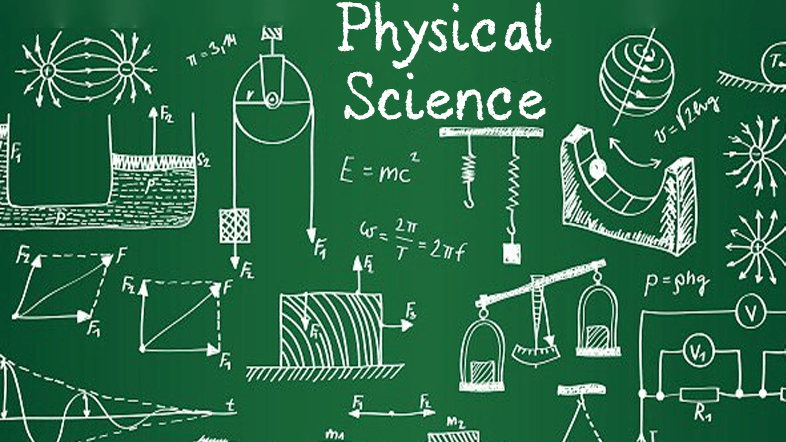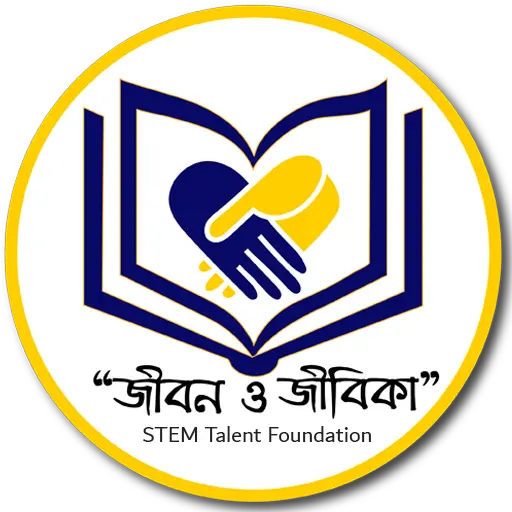Physical Science Class VI
- Home
- Physical Science Class VI

PHYSICAL SCIENCE CLASS VI SYLLABUS
ICSE syllabus pattern, which is the most comprehensive one will be followed. This will cover the general topics of CBSE and WBBSE board.
Unit 1: Introduction to Physical science
- Scope of Physical Science
- Scope of Physics and Chemistry
- Overview of the course and general ideas
Unit 2: Matter
- Matter: its meaning and composition
- Solids, liquids and gasses
- Characteristics of solids, liquids, and gasses ( shape, texture and volume)
- Distinguishing properties of solids, liquid, and gasses
Unit 3: Measurement
- Measurement of length
- Measurement of Mass
- Measurement of time
- Measurement of temperature
- Measurement of Area
Unit 4: Force
- Force as push or pull
- Effects of force on mass, speed, direction, shape and size
- Using real world examples
- Force of Friction – Rolling, static and sliding friction
- Advantages and disadvantages
Unit 5: Energy
- Simple Machines- Basic Concepts, Mechanical Advantage
- Types of simple machines : lever, wheel and axle, pulley, inclined plane, wedge, screw
- Different orders of levers
- Numerical on mechanical advantages or leverage.
Unit 6: Light
- Rectilinear propagation of light, Applications of rectilinear propagation of lights
- Pinhole camera
- Shadows- umbra, penumbra, eclipses
Unit 7: Magnetism
- Magnetic and non-magnetic substances
- Characteristics of a magnet
- Properties of magnet
- Magnetic field around a magnet
- Earth’s magnetic field
- Making of magnets
- Permanent and temporary magnets and their uses
- Electromagnets and choice of materials for the core of a electromagnet
- Care and storage of magnets
- Demagnetization by hitting, hammering and electricity
Unit 8: Introduction to Chemistry
- Chemistry- Meaning and importance
- Development of chemistry – a historical perspective
- Notable chemists
- Food and chemistry
- Cosmetics and chemistry
- Clothing and chemistry
- Chemicals as medicines
- Chemicals in industries
Unit 9: Elements, Compounds and Mixtures
- Elements : Uses of symbols for elements, origin of symbols of elements, names and symbols of first 20 elements, Molecules of elements containing atoms of the same elemets.
- Compounds – main idea with examples
- Mixtures- main idea with examples
- Difference between mixtures and compounds
- Separation techniques of mixtures into their components: Sieving, Sedimentation, decantation, filtration, evaporation, magnetic separation, sublimation
Unit 10: Inside view of a matter
- Arrangement of atoms and molecules in solids, liquids and gasses (intermolecular space, cohesive force)
- Effect of heat on matter (expansion, change of state and chemical change)
Unit 11: Water
- Importance of water in everyday life,
- Water resources
- Capacity as a solvent
- Definition of solute, solvent and solution
- Importance of water for sustenance of life on earth
- Reasons of water pollution and its prevention
- Conservation of water
Unit 12: Air and Atmosphere
- Air- a mixture of gases
- Percentage composition of Air
- Uses of components present
- Definition of atmosphere
₹499.00/ month
Note: Also Class timing once finalized will not be adjusted thereafter. Every Week One class. The timings will be finalized where majority of the students will be gathered.


